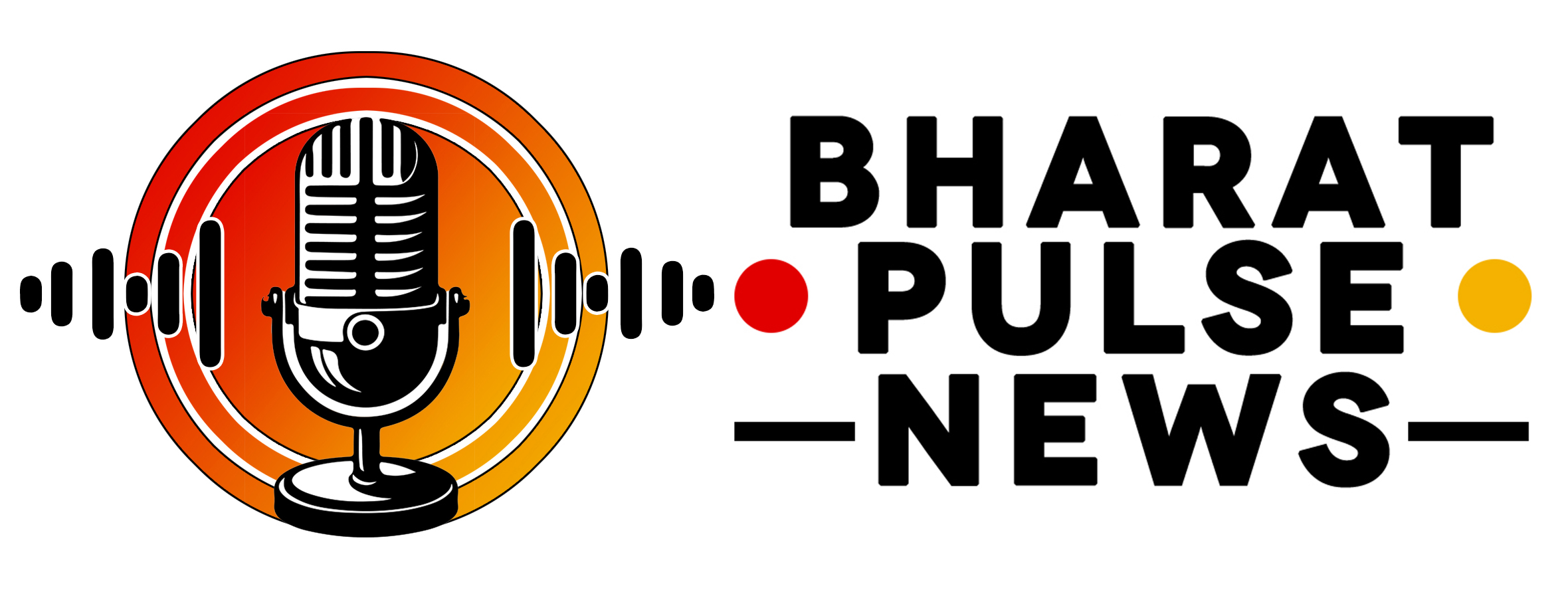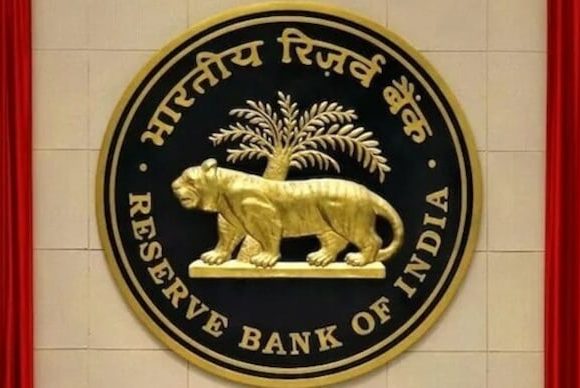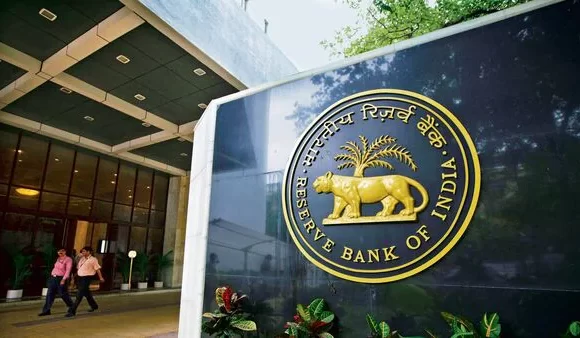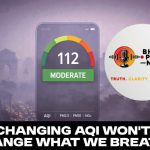
Indians Borrow ₹15.3 Lakh Crore in 11 Months, Industrial Sector Trails
Between April 2024 and February 2025, banks in India extended fresh loans amounting to ₹15.3 lakh crore, signaling robust credit growth across various sectors. Notably, personal loans dominated this credit expansion, capturing a substantial share, while lending to the industrial sector significantly slowed down, reflecting shifting economic dynamics within the country.
Personal loans emerged as the largest category, accounting for ₹5.47 lakh crore, or roughly 35.71% of the total loans disbursed during this period. Within personal lending, home loans represented a substantial portion, amounting to ₹2.6 lakh crore, highlighting continuing consumer interest in residential real estate despite broader economic uncertainties.
The services sector also witnessed a notable rise in borrowing, securing loans totaling ₹4.64 lakh crore, about 30.3% of all fresh credit extended. Among the services, trade-related financing showed strong momentum, particularly wholesale trade, indicating increased commercial activity and inventory investments across key consumer goods markets.
Conversely, lending to industries experienced a relatively tepid growth of ₹2.22 lakh crore, equating to just 14.51% of the incremental lending. Large industries, traditionally major borrowers from banks, saw only modest loan uptake amounting to ₹1.15 lakh crore, underscoring sluggish investment and cautious capital expenditure trends amid global economic volatility.
Agriculture, an essential sector for rural livelihoods, received ₹1.93 lakh crore, making up approximately 12.59% of the total fresh lending. This demonstrates sustained institutional support for the agrarian economy, which remains vital for India’s economic stability and food security.
Certain segments saw reductions in borrowing activity, notably housing finance companies, which experienced a net decline of ₹1,051 crore. Public financial institutions also faced a contraction in credit, registering a decline of ₹9,369 crore during the period.
Significantly, secured lending such as loans against gold jewelry increased sharply by ₹88,636 crore, pointing toward rising consumer preference for secured, collateral-based borrowing amid economic uncertainty. Vehicle loans and credit card debt also grew markedly, reflecting strong consumer spending habits and reliance on short-term credit.
Overall, the lending pattern highlights an evident shift from industrial borrowing toward personal and service-oriented sectors, emphasizing changing economic priorities and evolving consumer behavior in India’s financial landscape.


















